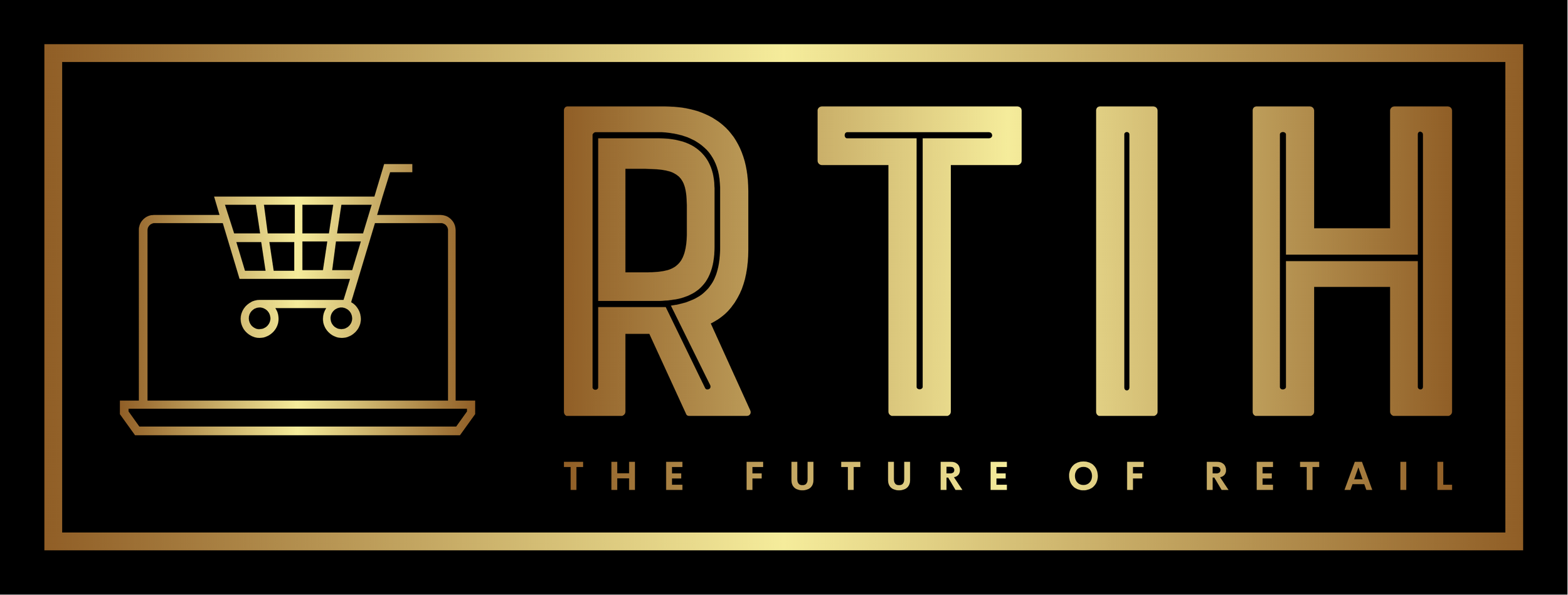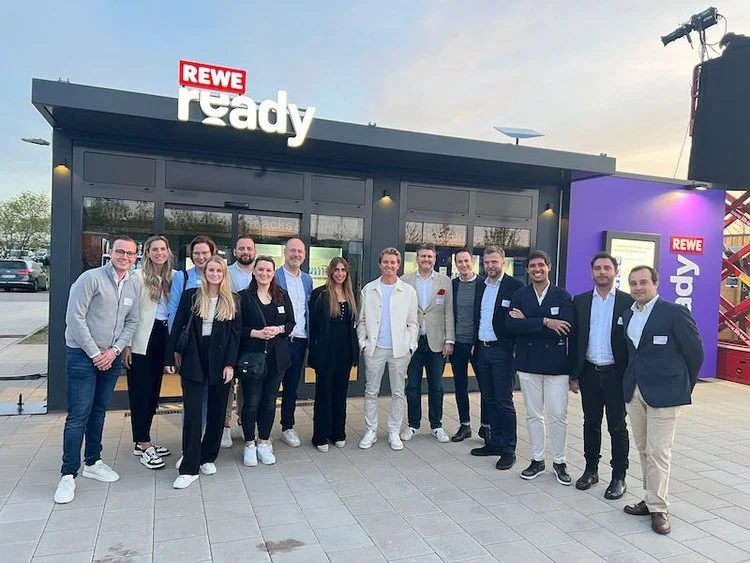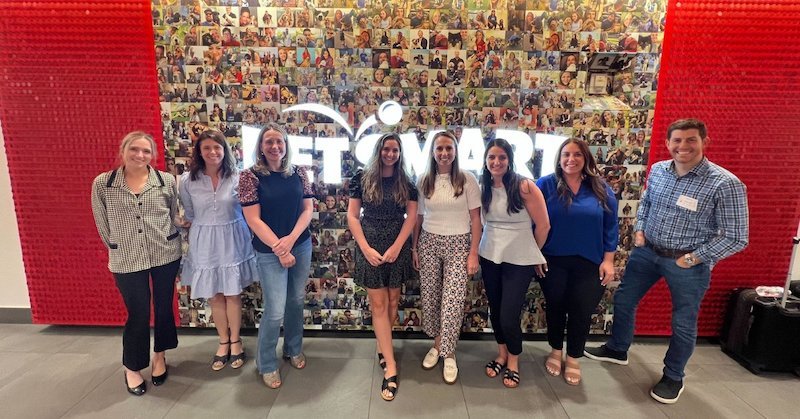Integrating online retail with in-store experiences
The challenge of introducing the latest technology to the retail world is something that has been in the news for many years now, but how is it progressing?
One of the key challenges is in seeing how the online retail experience can be combined with in-store shopping to the best effect, so let's start by seeing what was been successful in other industries.
How this works in casinos and elsewhere
We can see how this balance can be achieved by looking at an online casino like Paddy Power, where virtual games are joined in the lobby by live dealer titles. Those live options include classic games like roulette and baccarat in an atmospheric casino setting.
However, in this case, the key to their success has been in using a bespoke studio set up to look like a casino, rather than beaming the games directly from a physical casino.
This approach has worked well in casinos, where the convenience of playing online can be matched with the novelty of live games to good effect. But what about areas such as sports, where improving the ways of viewing online or on television could damage the industry by giving people fewer reasons to physically attend games?
In this business, they've looked to enhance the stadium experience to ensure that going to watch games is still attractive.
The 2022 FIFA World Cup in Qatar showed us how improvements to stadium infrastructure can make watching games in person more enjoyable and safer, as artificial intelligence was used to allow spectators smooth access to the venues, while cutting-edge air-conditioning systems kept them cool.
The use of matchday apps in the NBA and NFL with augmented reality and virtual reality has been another successful of adding to the pleasure of watching a game.
How is it being done in retail?
The different kinds of technology and innovative approaches that we’ve just looked at have helped those industries to find a way of incorporating online technology with live experiences for a well balanced approach. In terms of retail, one of the most productive moves to date has been to offer mobile apps that customers can use when they visit a store.
This allows shoppers to locate the latest offers, read customer reviews, pay for items, and join the loyalty scheme conveniently. Research carried out by Synchrony points out that the average number of retail apps that people use is currently at four, with signs that this total is slowly increasing.
When they surveyed over 1,200 shoppers, they found that 83% of them were happy to shop with the help of an app, with the percentage having a poor experience falling since the last time the survey was carried out.
Target has one of the most widely used retail apps, allowing their clients to scan items and pay swiftly. The Walmart mobile app does a good job of blending online shopping with real-world visits to a store.
For example, you could order everything in advance and then let them know when you’re on the way to pick it up. In-store maps make getting around simple, while you can use the app to try on clothes virtually or see how a piece of furniture looks in your house, using augmented reality.
Retail has joined other industries in looking for ways to combine the latest technology with real-world shopping experiences. As technology like augmented reality and artificial intelligence continue to grow, we can look forward to seeing more innovations in this respect.
















Continue reading…